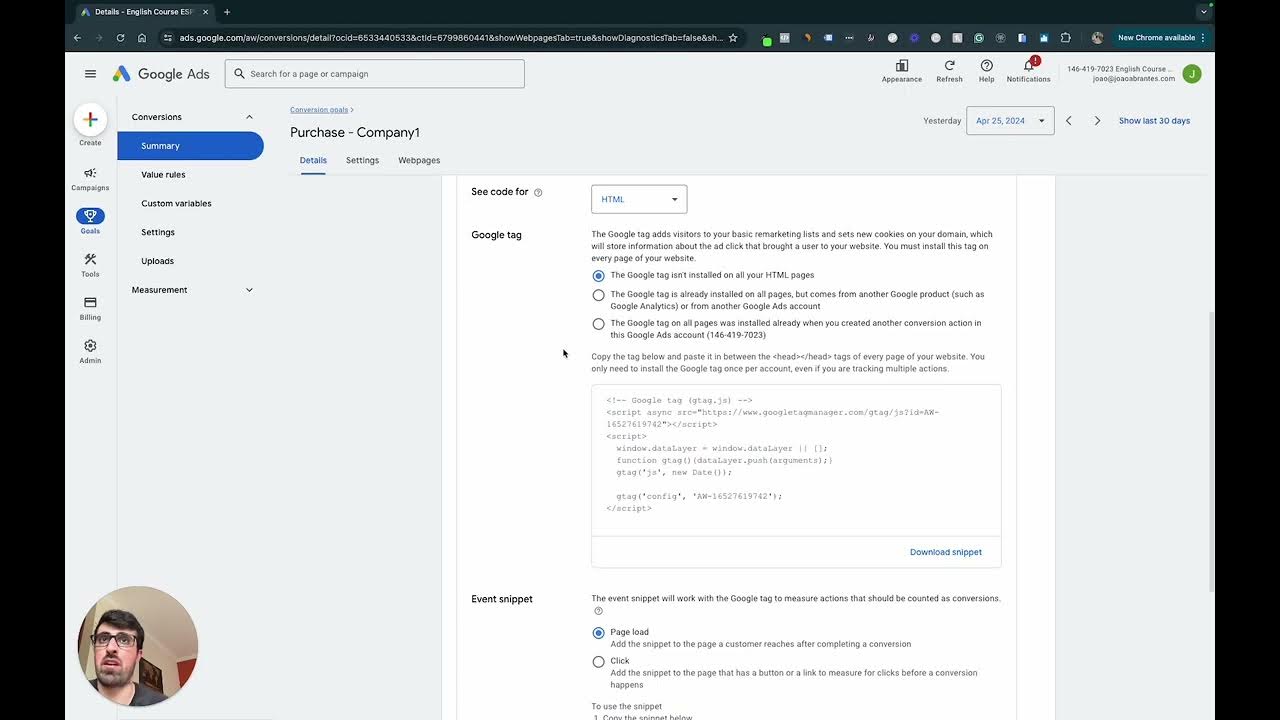Do YouTube Ads Hurt Your Channel's Organic Growth?
Summary
TLDRRunning YouTube ads, specifically in-feed ads, can be a cost-effective way to increase views, likes, and subscribers on your channel without damaging your organic reach. While many creators fear that paid ads may hurt organic performance, YouTube's own analytics team clarifies that lower engagement from ads doesn't affect long-term success. In-feed ads, unlike in-stream ads, let viewers choose whether to watch your video, and you only pay for actual views. This strategy allows new channels to gain initial traction while bypassing the risks associated with forcing views on uninterested users.
Takeaways
- 😀 YouTube offers a second ad type, called 'in-feed ads,' which is a lesser-known opportunity to promote videos on the platform.
- 😀 In-feed ads appear in the sidebar, on the homepage, and in search results, offering a chance to get more views without forcing users to watch the ad.
- 😀 Unlike in-stream ads, you only pay for in-feed ads when users click and watch your video, typically costing around 10-20 cents per view.
- 😀 Spending a small daily budget (around $3-$5) on in-feed ads can help brand-new channels build an initial audience and grow views.
- 😀 A common concern is that using paid traffic (like YouTube ads) could harm your organic reach, especially if the traffic is less engaged.
- 😀 YouTube's recommendation system doesn't penalize videos for getting lower engagement from paid or external traffic.
- 😀 Even if in-feed ads lead to lower click-through rates (CTR) and average view duration, this won’t hurt the video's long-term organic reach.
- 😀 YouTube's recommendation system evaluates a video's performance based on its individual discovery surfaces (like the home page or suggestions).
- 😀 External or paid traffic may cause temporary dips in engagement metrics, but this doesn't affect a video's overall success on YouTube.
- 😀 According to a YouTube staff member, getting more views through ads or external sources does not hurt a video's chances of success in the long run.
Q & A
What is the difference between in-stream ads and in-feed ads on YouTube?
-In-stream ads are the ones that play before a video, where viewers are forced to watch them. In-feed ads, on the other hand, appear in recommended spots, search results, and on the homepage, allowing viewers to click and watch the video only if they’re interested.
How do in-feed ads help new YouTube channels grow?
-In-feed ads provide an affordable way to gain initial views. They help new channels reach a wider audience by promoting videos in recommended spots and on the homepage, giving potential viewers the chance to discover and click on the video.
How much does it cost to run in-feed ads on YouTube?
-In-feed ads typically cost around 10 to 20 cents per view. The cost depends on the bid amount, and you only pay when someone clicks on and watches your video.
Will running YouTube ads harm a channel's organic reach?
-No, running YouTube ads does not harm organic reach. Although ads might result in lower click-through rates and watch time initially, YouTube’s algorithm evaluates videos based on their performance when recommended to users, not based on external traffic.
What is the myth surrounding YouTube ads and organic reach?
-The myth is that paid traffic (from ads) will negatively affect a video’s organic reach. Creators fear that lower click-through rates and watch times from ad views will hurt the video’s chances of being promoted organically.
Why do some creators duplicate their videos and run ads to the unlisted version?
-Some creators duplicate their videos and run ads to the unlisted version to avoid negatively affecting the organic performance of the original video. This is done in hopes of keeping organic reach unaffected by ad traffic.
What does YouTube say about paid traffic affecting video performance?
-YouTube clarifies that paid traffic, whether from ads or external sources, does not hurt long-term performance. The algorithm evaluates video performance based on how well it performs when recommended in places like the homepage or suggested videos.
How does YouTube’s recommendation system work when external traffic is involved?
-YouTube’s recommendation system uses distinct ranking models for each placement, such as the homepage and suggested videos. It learns how a video performs in each context, and paid or external traffic does not negatively impact this learning process.
Can YouTube creators benefit from promoting their videos through external traffic sources?
-Yes, YouTube encourages creators to promote their videos through external sources, including paid ads, to attract a broader audience. This won’t hurt a video’s ability to be recommended organically.
What is the main concern about running ads to videos on YouTube?
-The main concern is that external traffic from ads might lower the video’s click-through rate (CTR) and average view duration, which could, in theory, reduce its chances of being promoted organically.
Outlines

Dieser Bereich ist nur für Premium-Benutzer verfügbar. Bitte führen Sie ein Upgrade durch, um auf diesen Abschnitt zuzugreifen.
Upgrade durchführenMindmap

Dieser Bereich ist nur für Premium-Benutzer verfügbar. Bitte führen Sie ein Upgrade durch, um auf diesen Abschnitt zuzugreifen.
Upgrade durchführenKeywords

Dieser Bereich ist nur für Premium-Benutzer verfügbar. Bitte führen Sie ein Upgrade durch, um auf diesen Abschnitt zuzugreifen.
Upgrade durchführenHighlights

Dieser Bereich ist nur für Premium-Benutzer verfügbar. Bitte führen Sie ein Upgrade durch, um auf diesen Abschnitt zuzugreifen.
Upgrade durchführenTranscripts

Dieser Bereich ist nur für Premium-Benutzer verfügbar. Bitte führen Sie ein Upgrade durch, um auf diesen Abschnitt zuzugreifen.
Upgrade durchführenWeitere ähnliche Videos ansehen
5.0 / 5 (0 votes)






